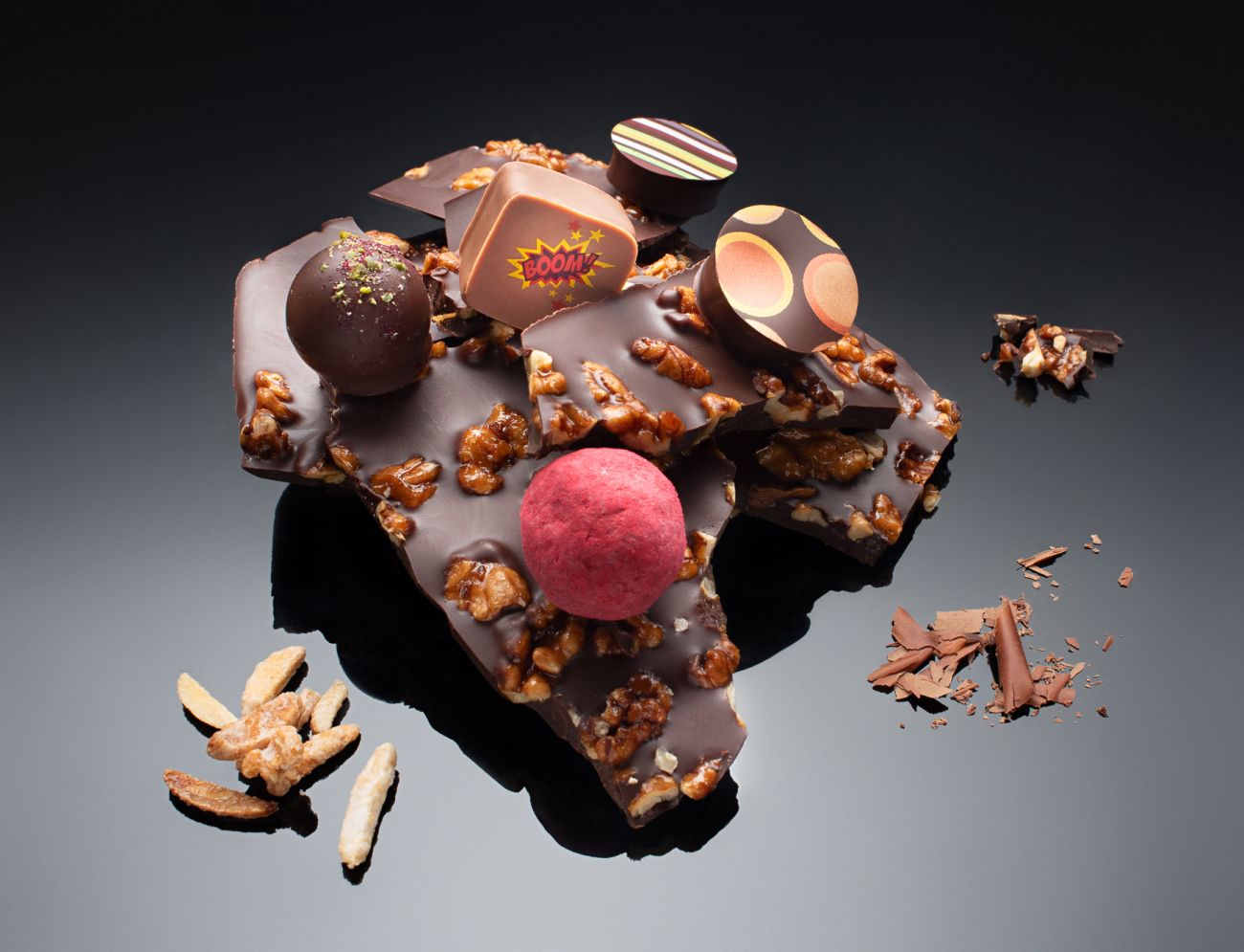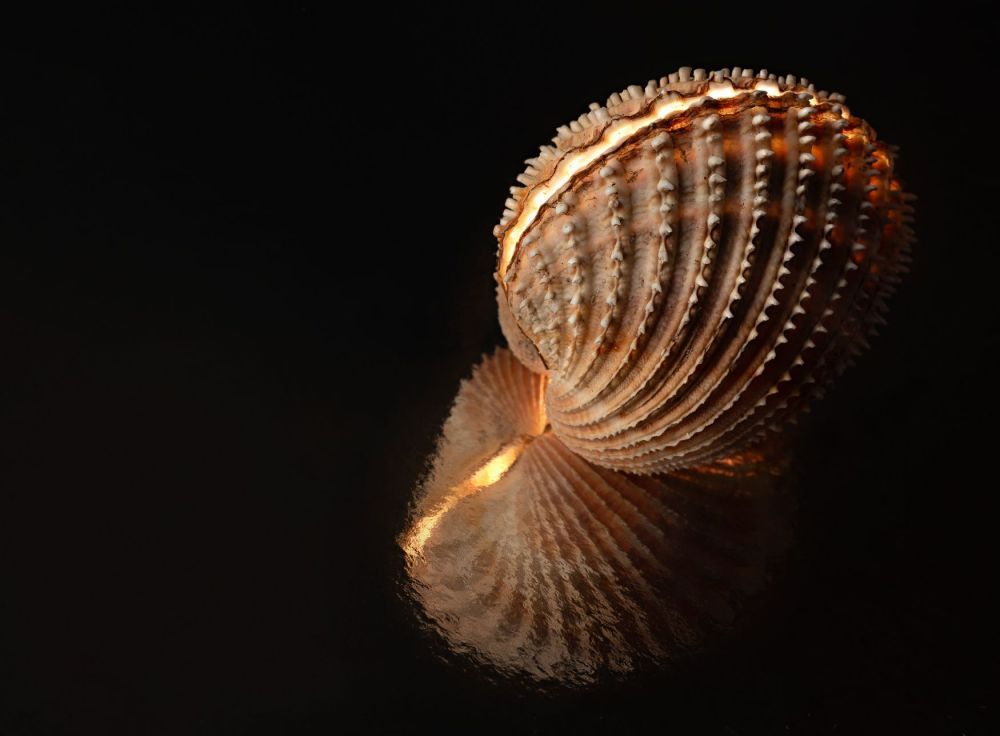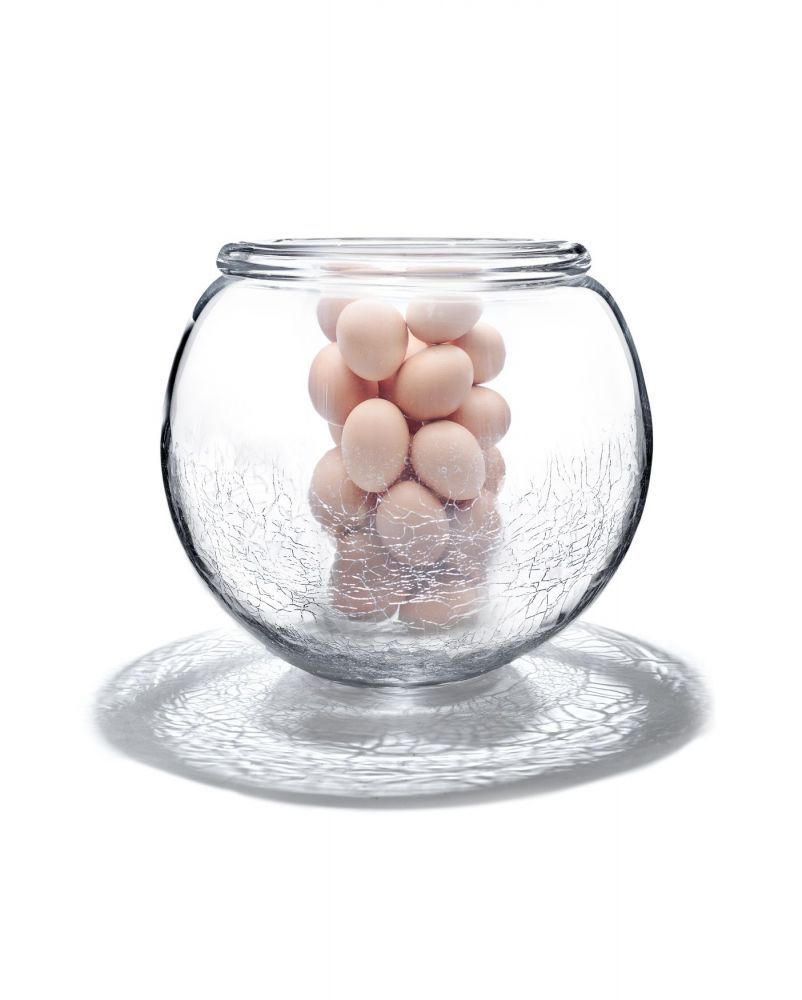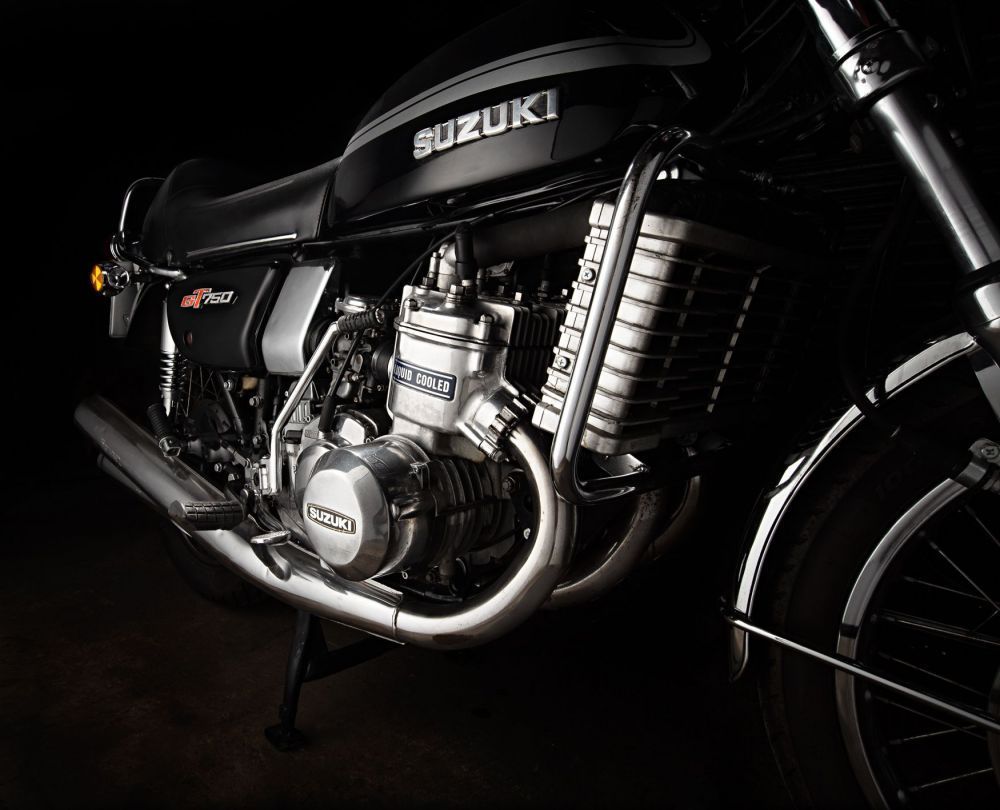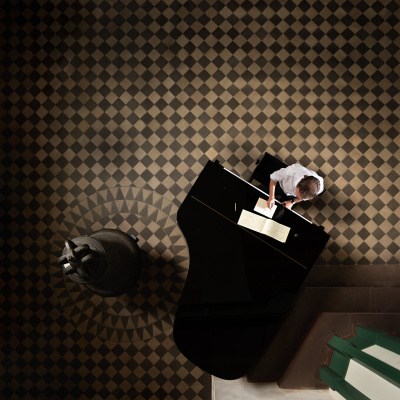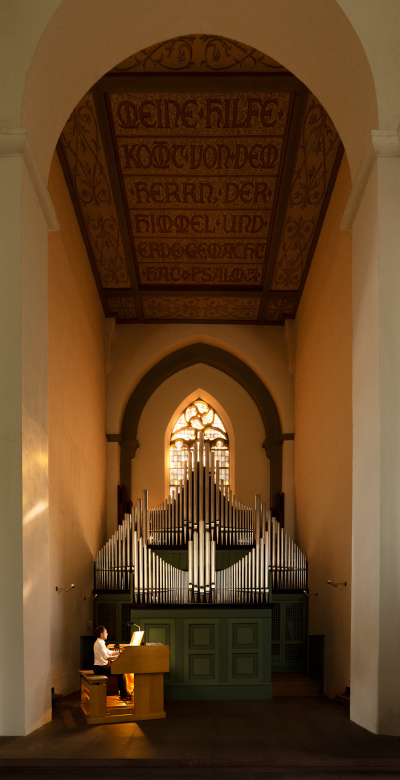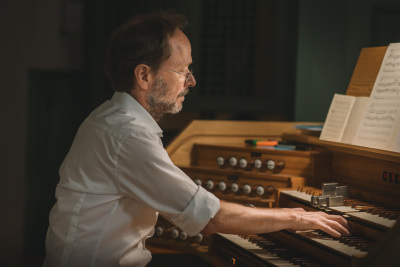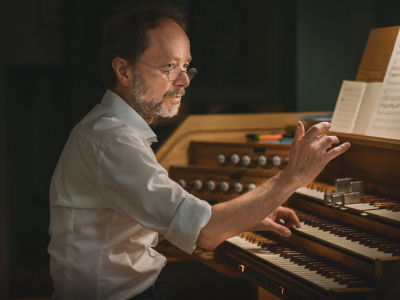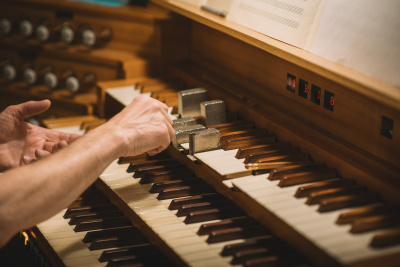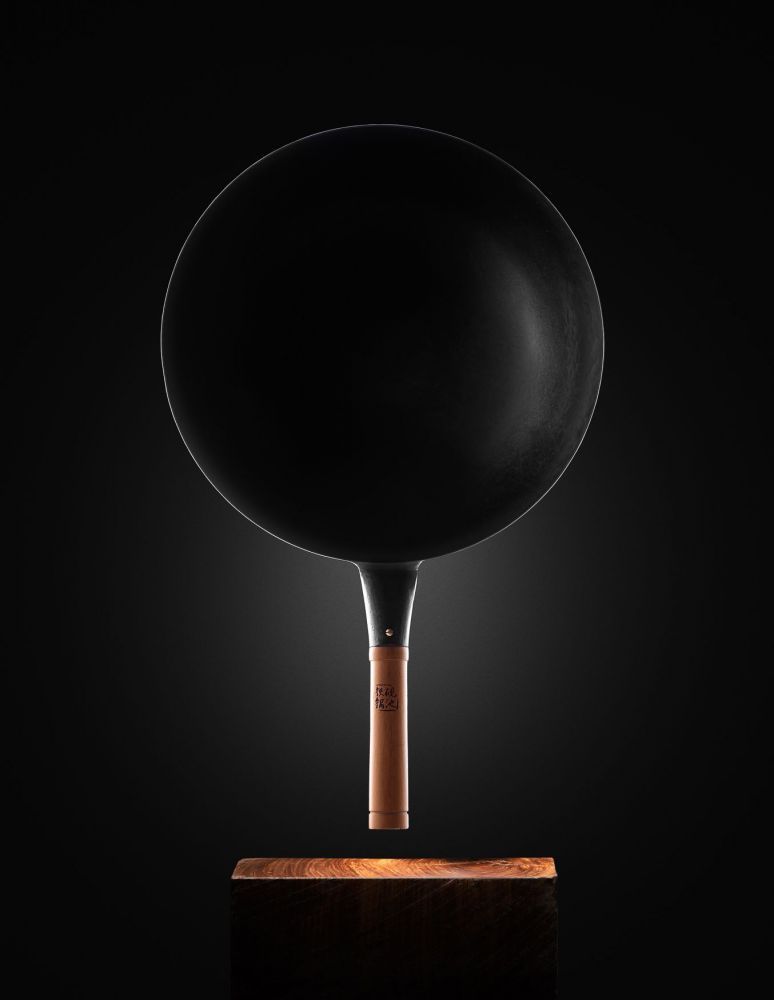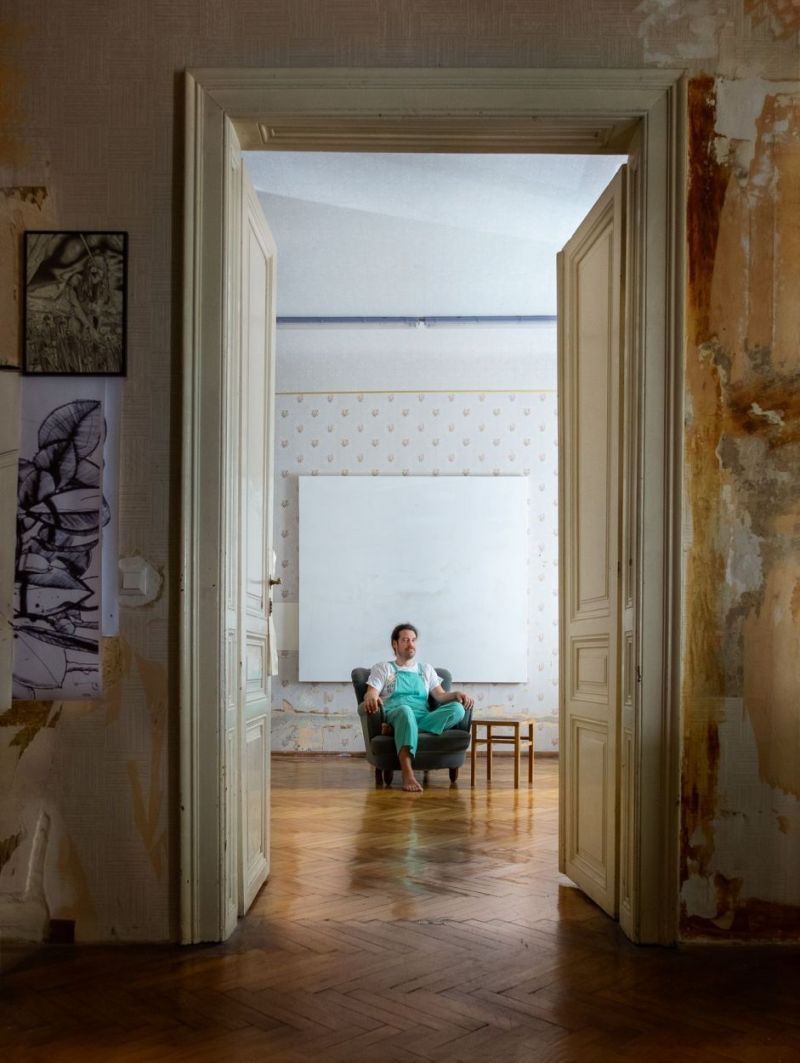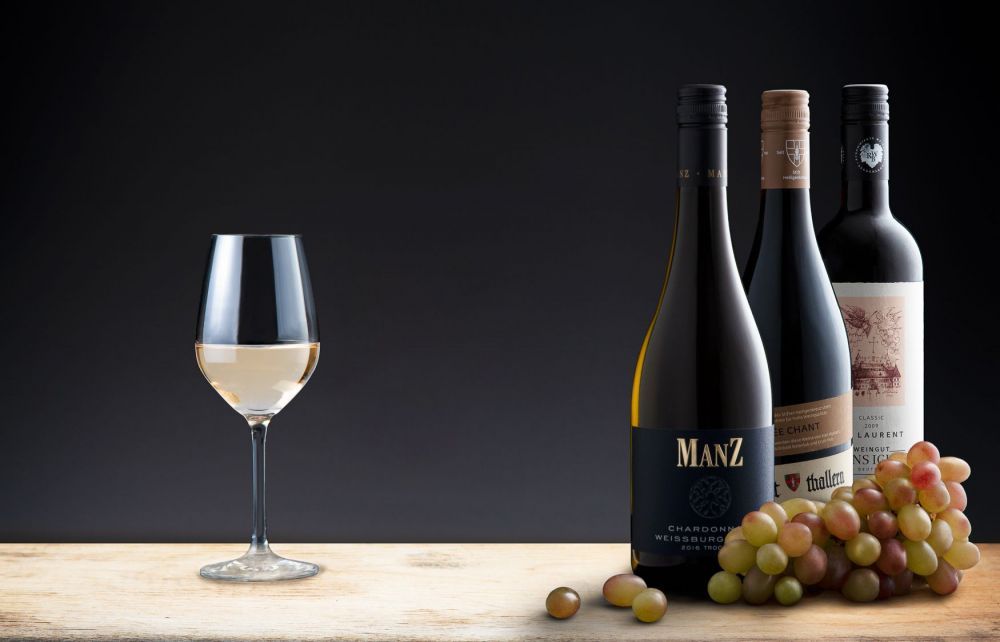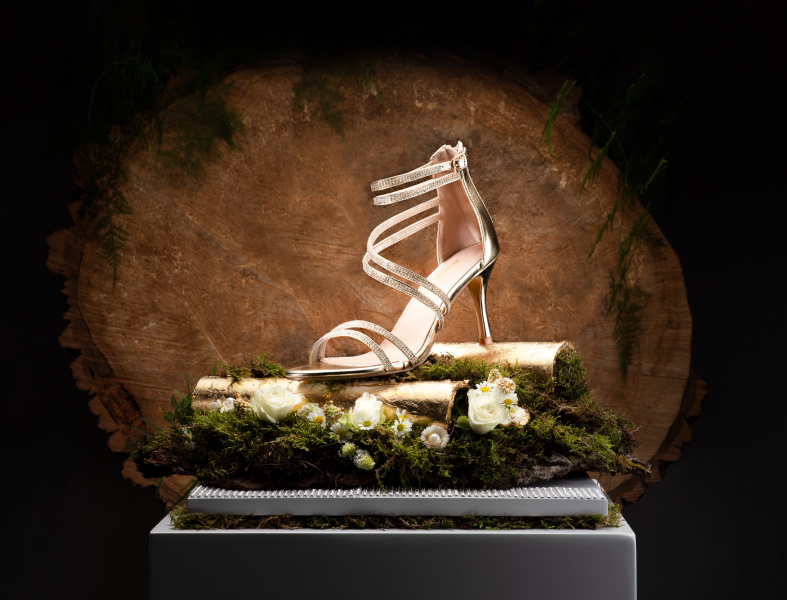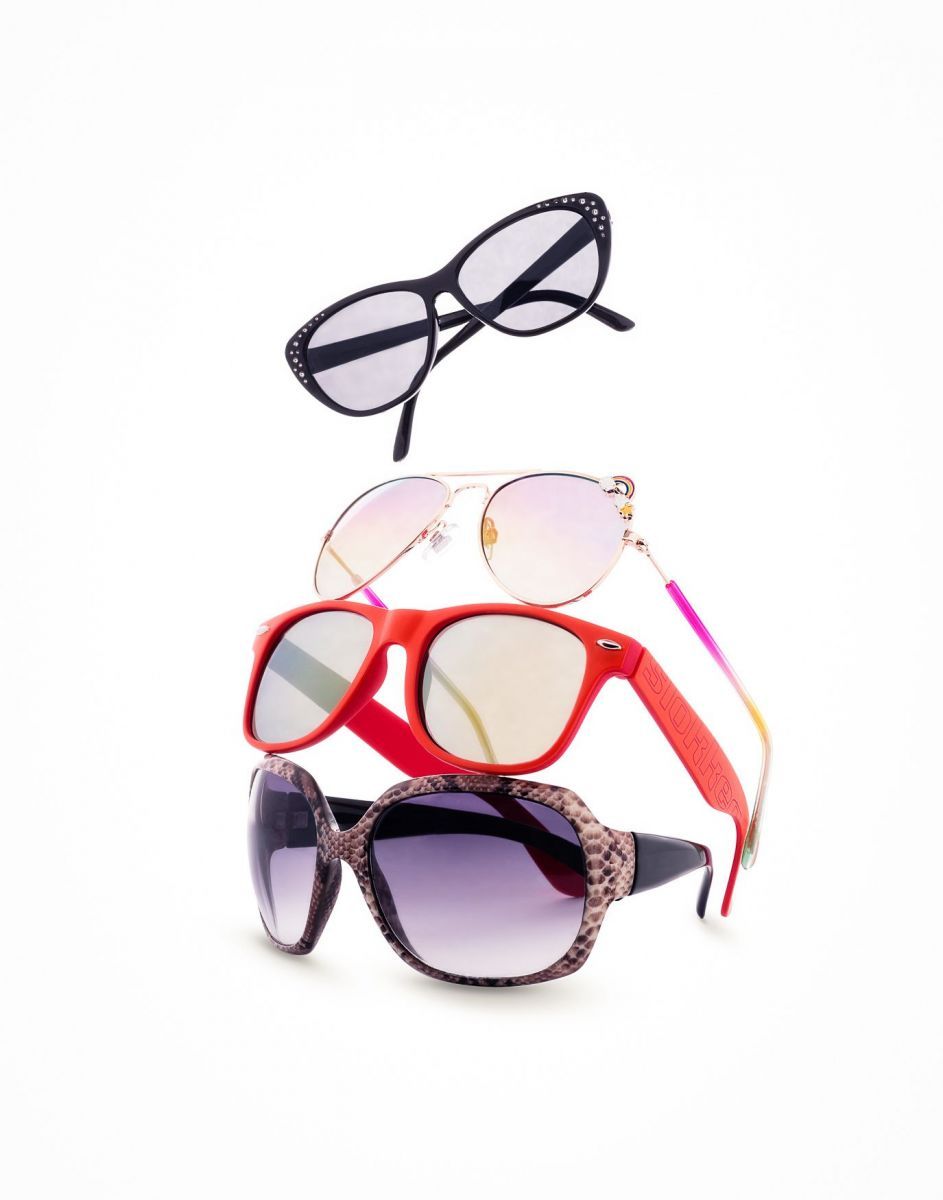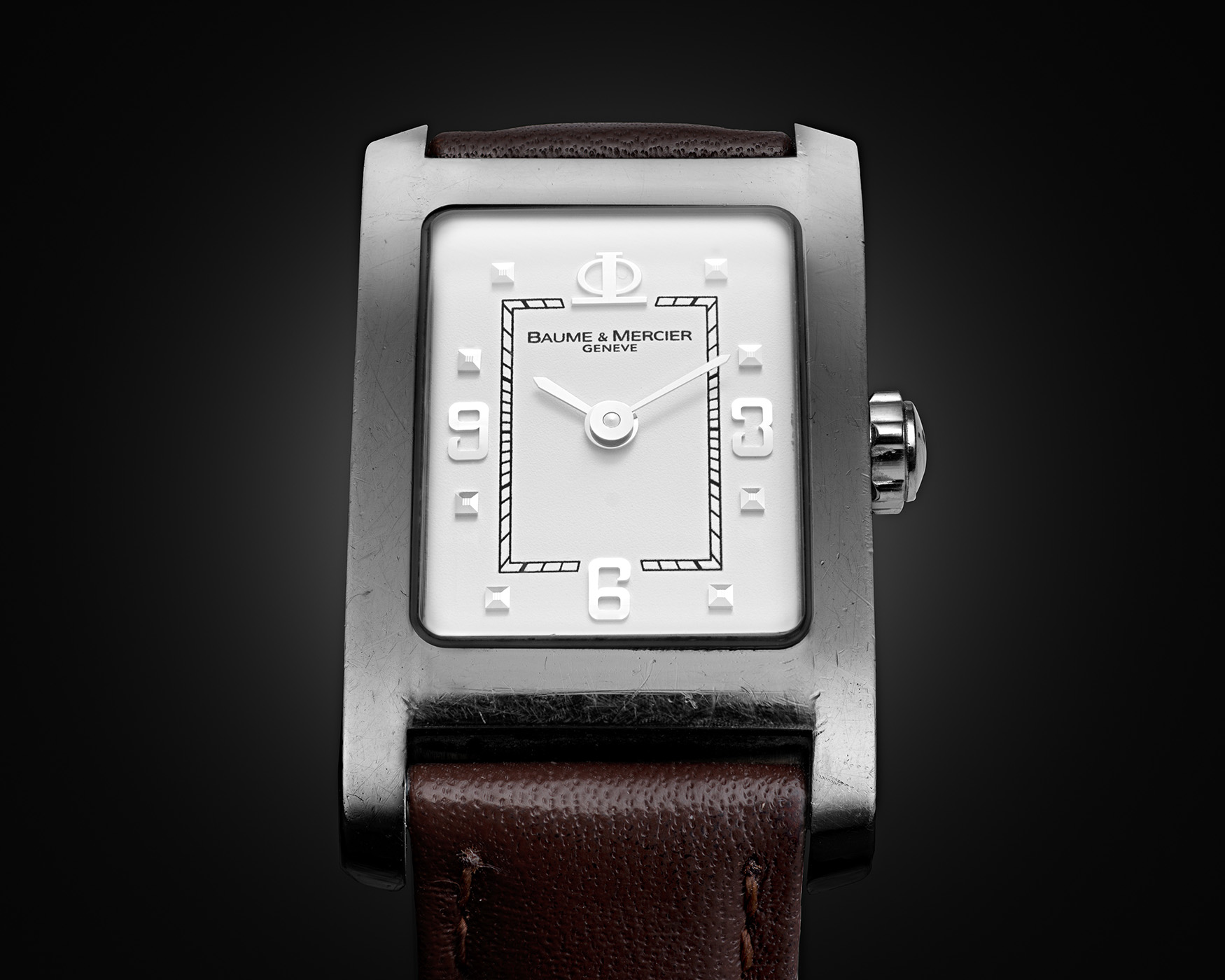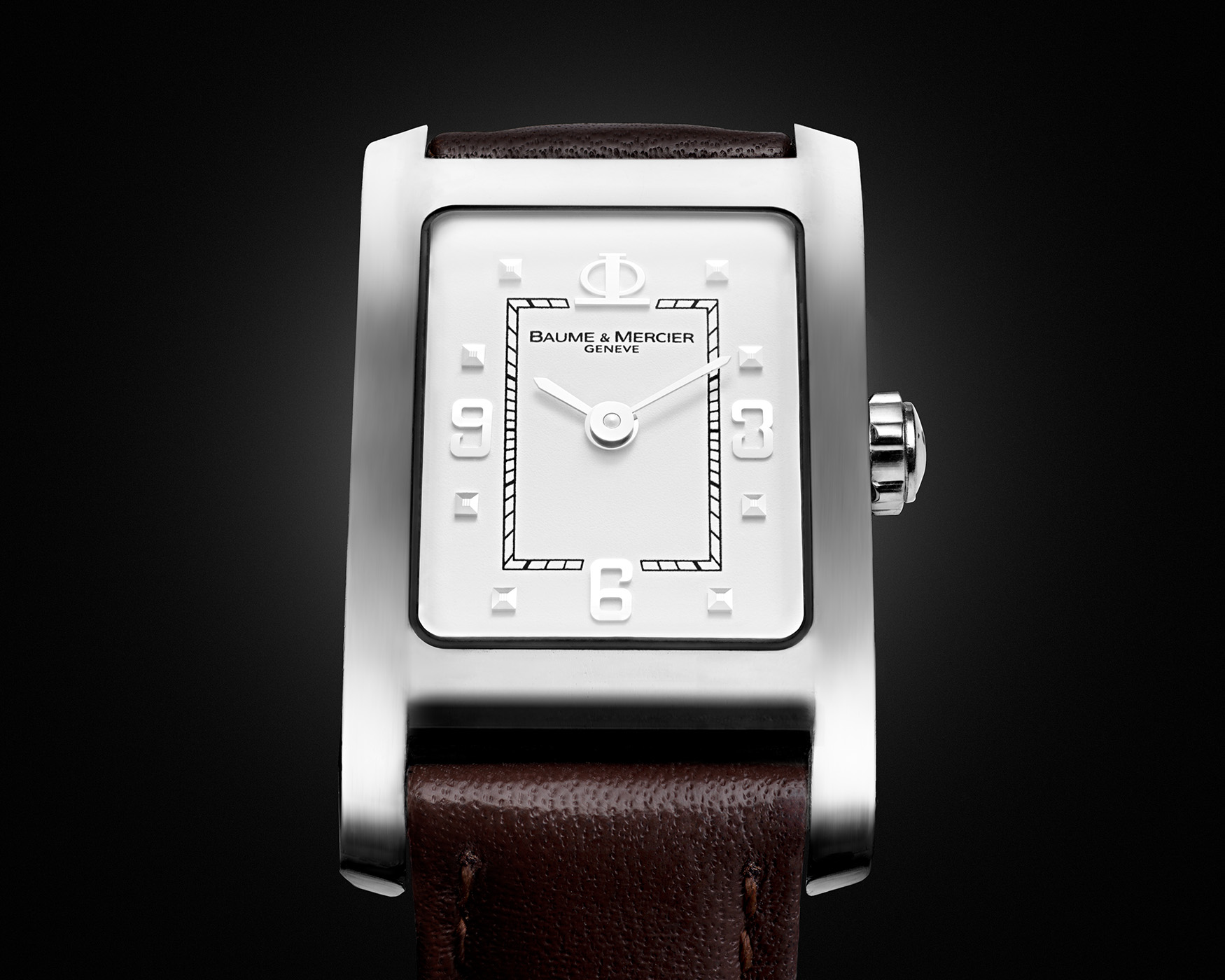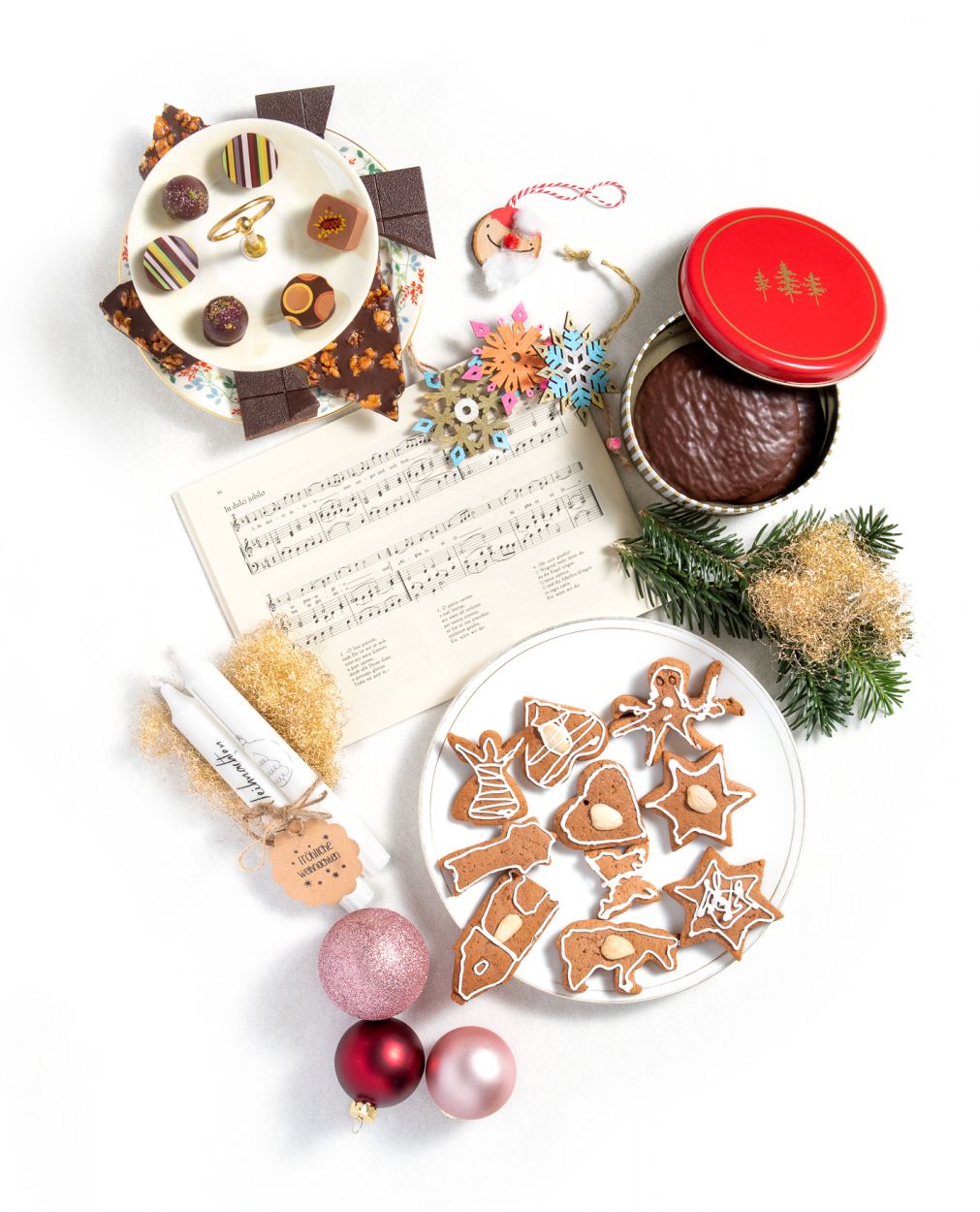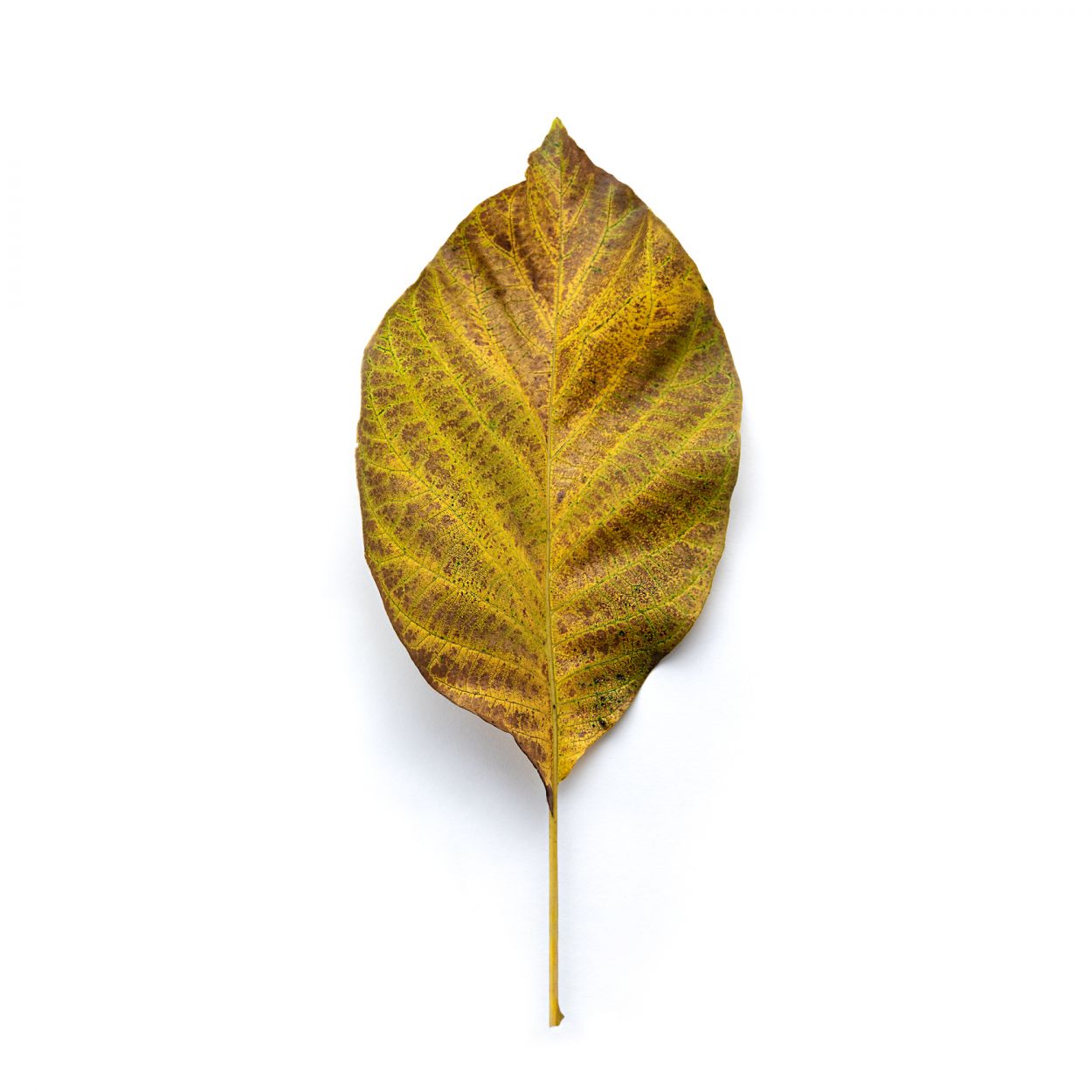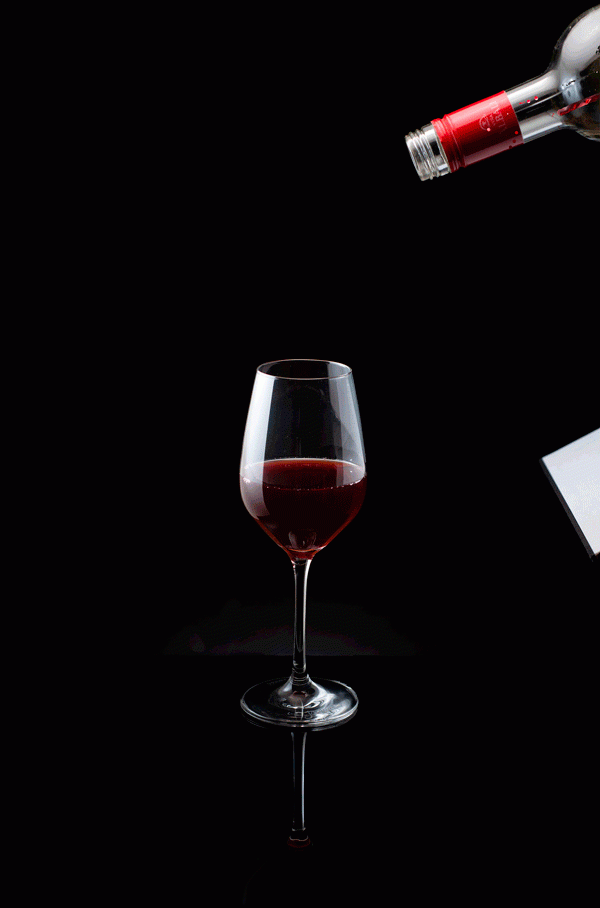BOOM!
A few days ago I wanted to get a small chocolaty gift at Siegen’s Naschwerk and read that “This Shop is Closed”. When looking online for which one was open, I learned that they had all closed due to bankruptcy. And Boom! Siegen’s already utterly bleak food scene has become even more barren.
What makes the end of a four generation era dating back to 1912 even more heartbraking is the end of the message Markus Podzimek, the owner of Naschwerk, posted online: comments were closed due to the harsh reactions they experienced on social media. WTF.


